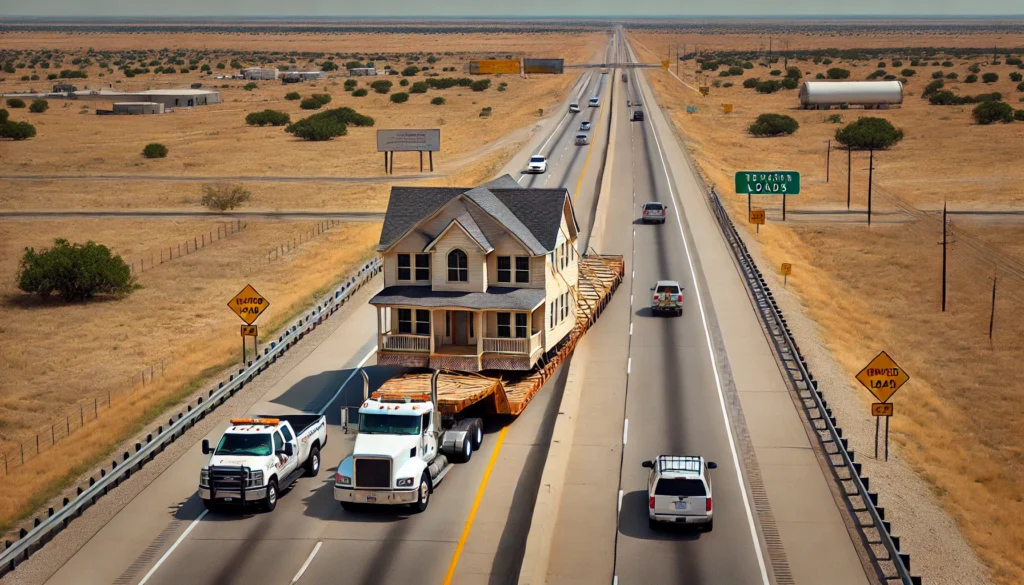Every day, Texans share the roads with a variety of vehicles, including those carrying oversized loads. While these oversized loads are crucial for transporting large machinery, building materials, and other massive items, they pose significant dangers to other motorists. In this blog, we will delve into the hidden dangers of oversized loads on Texas highways, the legal implications, and essential safety tips to help you stay safe on the road.

What Constitutes an Oversized Load?
An oversized load is any vehicle or cargo that exceeds the standard legal size and weight limits established by federal and state regulations. In Texas, the Texas Department of Motor Vehicles (TxDMV) sets these limits and issues special permits for vehicles exceeding these dimensions.
Common Accidents Involving Oversized Loads
- Rollover Accidents: Oversized loads, due to their high center of gravity, are more prone to rollovers, especially on curves or during sudden maneuvers.
- Bridge and Overpass Collisions: Despite regulations, there are instances where oversized loads collide with bridges and overpasses, leading to severe structural damage and potential road closures.
- Lane Obstruction: These loads often take up more than one lane, creating hazardous conditions for smaller vehicles trying to navigate around them.
- Rear-End Collisions: Oversized loads tend to move slower, causing faster-moving vehicles to misjudge distances and resulting in rear-end collisions.
Legal Implications of Oversized Load Accidents
When an accident involving an oversized load occurs, determining liability can be complex. In Texas, several parties may be held responsible, including:
- The Truck Driver: If the driver was negligent or violated traffic laws.
- The Trucking Company: If they failed to comply with safety regulations or properly train their drivers.
- The Cargo Loader: If the load was improperly secured or exceeded permissible limits.
- Government Entities: If poor road maintenance or inadequate signage contributed to the accident.
Safety Tips for Sharing the Road with Oversized Loads
- Maintain a Safe Distance: Keep a significant distance between your vehicle and the oversized load to allow for sudden stops or maneuvers.
- Avoid Blind Spots: Ensure you stay out of the truck’s blind spots, which are larger due to the size of the load.
- Be Patient: Understand that oversized loads move slower. Avoid aggressive driving behaviors like tailgating or abrupt lane changes.
- Observe Road Signs: Pay attention to signs indicating the presence of oversized loads and adjust your driving accordingly.
- Stay Informed: Check local traffic reports for information on oversized loads and plan your route to avoid them if possible.
Conclusion
The presence of oversized loads on Texas highways is a necessary part of commerce and infrastructure development. However, it is crucial to recognize the dangers they pose and take appropriate safety measures. By staying informed and cautious, you can significantly reduce the risk of accidents and ensure a safer driving experience for yourself and others on the road.
For more information on traffic safety and legal advice related to personal injury, visit the Texas Department of Transportation and Ryan Orsatti Law.
